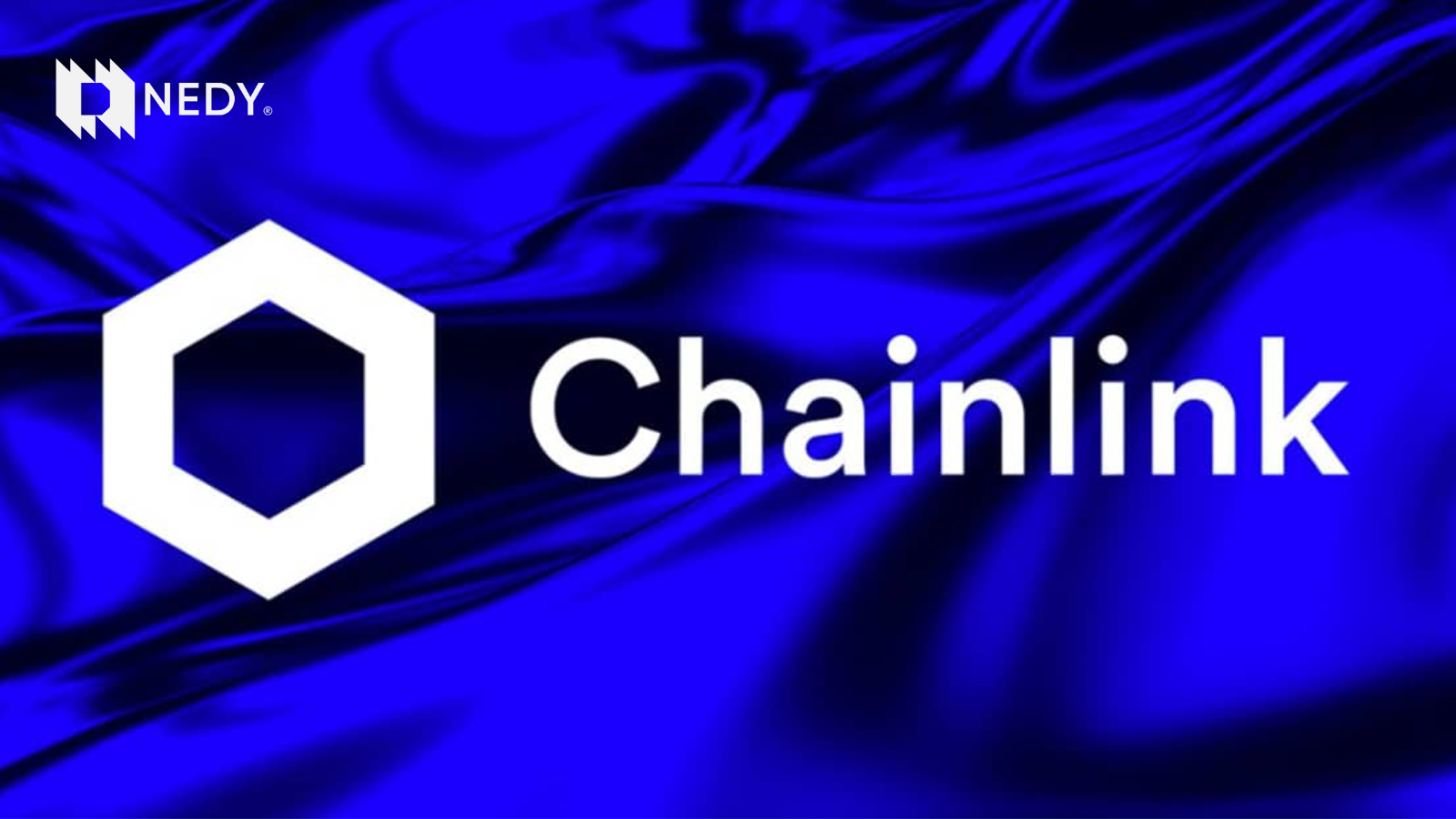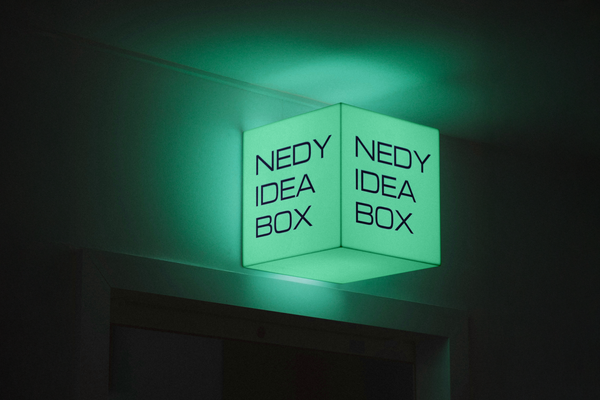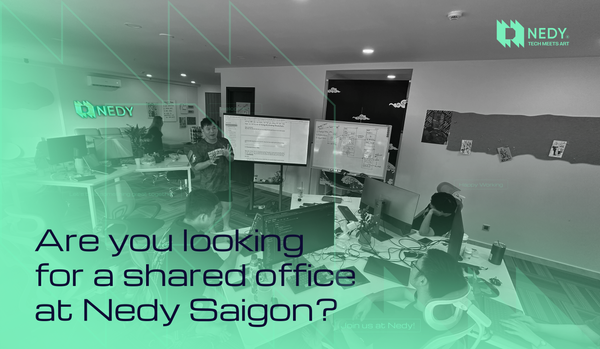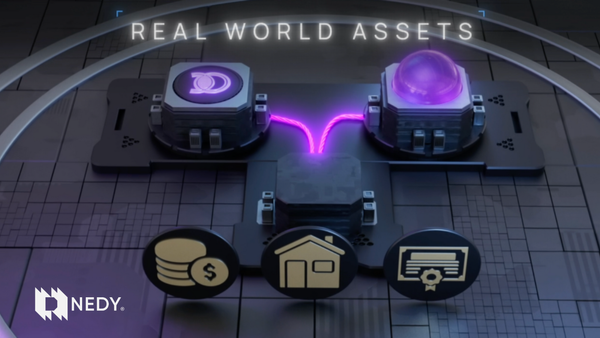Bridging the Blockchain Divide with Chainlink CCIP

The decentralized world of Web3 is rapidly expanding, with countless blockchain networks each offering unique advantages. However, this proliferation often leads to fragmentation, making it difficult for assets and data to move seamlessly between different chains. This is where blockchain interoperability becomes not just a nice-to-have, but a fundamental necessity.
In this blog, we will explore what blockchain interoperability is and why Chainlink CCIP is the best solution for both retail and institutional customers.
1. Introduction to Blockchain Interoperability
Imagine a world where every country has its own internet, completely isolated from all others. You couldn't send an email from Vietnam to the US, or browse a website hosted in Germany from Japan. This is akin to the early state of the blockchain ecosystem. Each blockchain, like Ethereum, Solana, Polygon, or Avalanche, operates as its own independent network, with its own rules, consensus mechanisms, and native assets.
Blockchain interoperability is the ability for these disparate blockchain networks to communicate, share data, and transfer assets with each other. It's about building "bridges" that allow value and information to flow freely across the entire blockchain landscape. Without interoperability, decentralized applications (dApps) are confined to a single chain, limiting their reach, liquidity, and overall utility. True Web3 mass adoption hinges on a future where users and developers can interact with any asset or dApp, regardless of the underlying blockchain.
2. Chainlink CCIP Details
The Chainlink Cross-Chain Interoperability Protocol (CCIP) is Chainlink's answer to the interoperability challenge. Built on Chainlink's battle-tested oracle infrastructure, CCIP is designed to provide a highly secure and reliable way to transfer tokens and arbitrary data messages between any two connected blockchains. It's not just a simple token bridge; it's a robust messaging protocol that enables complex cross-chain interactions.
Key features and capabilities of CCIP include:
- Arbitrary Messaging: This allows smart contracts on one blockchain to send any kind of data (encoded as bytes) to a smart contract on another blockchain. This is crucial for enabling complex logic and dApp functionalities to span multiple chains. For example, a DeFi protocol on one chain could trigger an action (like a loan liquidation) on another.
- Token Transfer: CCIP facilitates secure and efficient transfer of tokens between chains. This can be done directly to an EOA (Externally Owned Account) or to a smart contract on the destination chain.
- Programmable Token Transfers: This powerful feature allows developers to send tokens along with specific instructions on what to do with those tokens once they arrive at the destination. Imagine sending stablecoins to a lending protocol on another chain with instructions to automatically deposit them as collateral.
- Defense-in-Depth Security: CCIP is built with multiple layers of security. It leverages Chainlink's decentralized oracle networks for robust validation, incorporates a dedicated Risk Management Network to monitor and mitigate risks in real-time, and uses a modular design for enhanced resilience.
- Decentralized Architecture: CCIP utilizes decentralized oracle networks to ensure that messages and token transfers are validated by multiple independent nodes, significantly reducing single points of failure.
3. Comparing Chainlink CCIP to other Cross-Chain Solutions
The cross-chain landscape features several prominent solutions, each with distinct architectural approaches and security models. While all aim to enable interoperability, their methodologies differ.
- Wormhole: Wormhole operates with a Guardian network, a set of 19 independent validators that observe and sign messages on various chains. Once a supermajority (2/3 + 1) of Guardians sign a message, it's considered valid and can be relayed to the destination chain. Wormhole is known for its speed and broad chain support, particularly popular in the Solana ecosystem. Its security relies on the honesty of its Guardian set.
- LayerZero: LayerZero takes a different approach, separating the oracle and relayer functions. An application can choose its own oracle and relayer. The oracle sends a block header to the destination chain, while the relayer sends the transaction proof. Only if both match is the transaction considered valid. This modularity gives dApp developers flexibility, but the security depends on the chosen oracle and relayer pair not colliding. LayerZero is primarily a messaging protocol that enables "omnichain" applications.
- Chainlink CCIP: CCIP is the only level-5 interoperability standard for Web3 and global finance. CCIP distinguishes itself with its emphasis on a multi-layered, defense-in-depth security model. It leverages Chainlink's robust, proven oracle networks for data validation, which have secured trillions in value. Crucially, CCIP includes a separate Risk Management Network that continuously monitors cross-chain transactions for anomalous behavior, acting as an independent layer of security. This "sanity check" mechanism adds an extra layer of protection, even if there's a compromise in the primary oracle network. Furthermore, CCIP offers both arbitrary messaging and a highly secure token transfer mechanism, making it versatile for both data and value transfer.
While Wormhole and LayerZero focus on efficient message passing, CCIP prioritizes a more comprehensive, highly secure, and auditable solution for mission-critical cross-chain applications, especially those involving significant value transfers.
4. Benefits of Chainlink CCIP in Real-World Applications
The implications of secure, robust cross-chain interoperability powered by CCIP are vast, impacting various sectors:
- DeFi Composability: Imagine a user on Arbitrum being able to seamlessly deposit collateral to a lending protocol on Ethereum, or stake tokens on Polygon for a yield farm on Avalanche. CCIP enables "money legos" across chains, fostering unprecedented composability in DeFi.
- Real-World Asset (RWA) Tokenization: As discussed previously, tokenizing RWAs requires moving data and value between traditional systems and multiple blockchains. CCIP can securely bridge these environments, allowing for the collateralization of real-world assets on one chain to back loans on another, or managing supply chain data across disparate networks.
- Cross-Chain Gaming and NFTs: Games can enable players to own NFTs on one chain and use them in a game running on another, or transfer in-game currency across different ecosystems.
- Enterprise Solutions: Businesses can leverage CCIP to connect their private blockchain networks to public ones, or integrate data from various enterprise systems into decentralized applications, enabling new forms of inter-company collaboration and supply chain transparency.
- Automated Cross-Chain Actions: Protocols can programmatically execute actions on remote chains based on conditions met on the source chain, leading to highly automated and efficient decentralized systems.
5. Simple Coding Demonstration
Let's imagine a simplified scenario where a dApp wants to send a message and a token from one blockchain (Source Chain) to another (Destination Chain) using CCIP.
Scenario: A user wants to "gift" 100 USDC tokens to a friend on a different blockchain, along with a personalized message: "Happy Birthday!"
Conceptual Smart Contract (Solidity on Source Chain):
Solidity
// SPDX-License-Identifier: MIT
pragma solidity ^0.8.18;
import {IRouterClient} from "@chainlink/contracts-ccip/src/v0.8/ccip/interfaces/IRouterClient.sol";
import {OwnerIsCreator} from "@chainlink/contracts-ccip/src/v0.8/shared/access/OwnerIsCreator.sol";
import {Client} from "@chainlink/contracts-ccip/src/v0.8/ccip/libraries/Client.sol";
import {IERC20} from "@openzeppelin/contracts/token/ERC20/IERC20.sol"; // For USDC
// This contract sends a cross-chain message and tokens
contract CrossChainGifter is OwnerIsCreator {
IRouterClient private s_router;
address private s_linkToken; // Address of LINK token for fees
event MessageSent(bytes32 indexed messageId);
constructor(address _router, address _link) {
s_router = IRouterClient(_router);
s_linkToken = _link;
}
// Function to send a cross-chain gift
function sendGift(
uint64 _destinationChainSelector,
address _receiver,
string calldata _message,
address _tokenAddress,
uint256 _tokenAmount
) external onlyOwner returns (bytes32 messageId) {
// 1. Prepare the token transfer details
Client.EVMTokenAmount[] memory tokenAmounts = new Client.EVMTokenAmount[](1);
tokenAmounts[0] = Client.EVMTokenAmount({
token: _tokenAddress,
amount: _tokenAmount
});
// 2. Prepare the message (data) to send
// We'll encode the receiver address and the string message
bytes memory data = abi.encode(_receiver, _message);
// 3. Construct the CCIP message struct
Client.EVM2AnyMessage memory evm2AnyMessage = Client.EVM2AnyMessage({
receiver: abi.encode(_receiver), // Receiver for tokens
data: data, // Custom message data
tokenAmounts: tokenAmounts, // Token transfer details
extraArgs: Client.EVMExtraArgsV2({
gasLimit: 200_000, // Gas limit for the callback on destination chain
strict: false,
allowOutOfOrderExecution: false
})
});
// 4. Get the required LINK fee for the transaction
uint256 fees = s_router.getFee(_destinationChainSelector, evm2AnyMessage);
// 5. Approve the LINK token for the router to pay fees
IERC20(s_linkToken).approve(address(s_router), fees);
// 6. Approve the token to be transferred by the router (e.g., USDC)
IERC20(_tokenAddress).approve(address(s_router), _tokenAmount);
// 7. Send the CCIP message and tokens!
messageId = s_router.ccipSend(_destinationChainSelector, evm2AnyMessage);
emit MessageSent(messageId);
}
}
Explanation of the Code:
- The CrossChainGifter contract has a sendGift function.
- This function takes the _destinationChainSelector (a unique ID for the target blockchain), the _receiver address on the destination chain, a _message string, the _tokenAddress (e.g., USDC contract address), and the _tokenAmount.
- It packages the token details and the custom message into a Client.EVM2AnyMessage struct, which is the standard format for CCIP.
- It then queries the Chainlink Router to get the necessary fees (paid in LINK) for the cross-chain transaction.
- Crucially, it requires the sender to approve both the LINK tokens (for fees) and the actual tokens to be sent (e.g., USDC) to the Chainlink Router contract. This allows the Router to securely manage the transfer.
- Finally, s_router.ccipSend() is called, initiating the cross-chain transfer and message delivery through the Chainlink CCIP network.
- On the destination chain, a corresponding receiver contract would be set up to receive the tokens and parse the _message data.
(Note: This is a simplified example. Real-world implementations involve deploying contracts, handling Chainlink's Router and Link token addresses, and configuring a receiver contract on the destination chain to process the incoming message and tokens. Developers can use Chainlink's comprehensive documentation and starter kits for full implementations.)
Final Thoughts
Blockchain interoperability is the key to unlocking the full potential of Web3. While the ecosystem is still evolving, solutions like Chainlink CCIP are providing the essential infrastructure for a future where blockchains are not isolated silos but interconnected networks. By offering robust security, flexible messaging, and reliable token transfers, CCIP is empowering developers to build truly decentralized and cross-chain applications that were once impossible. As the demand for seamless cross-chain experiences grows, Chainlink CCIP is poised to be a foundational layer for the next wave of Web3 innovation.
At Nedy, we're at the forefront of leveraging Chainlink CCIP to empower our customers. Our team is actively researching and integrating this cutting-edge interoperability protocol to build robust, secure, and seamless cross-chain solutions. We're committed to helping businesses and individuals navigate the multichain future with confidence, ensuring their assets and data can flow freely and securely across the decentralized web.
[Vietnamese Summary]
Trong thế giới Web3 đang phát triển nhanh chóng, mỗi blockchain như Ethereum, Solana hay Polygon vận hành riêng biệt, gây ra sự phân mảnh và khó khăn trong việc chuyển tài sản và dữ liệu giữa các mạng. Để giải quyết vấn đề này, Chainlink giới thiệu CCIP (Cross-Chain Interoperability Protocol) — một giao thức tương tác chuỗi chéo được xây dựng trên cơ sở hạ tầng oracle phi tập trung của họ.
CCIP không chỉ đơn thuần là cầu nối token, mà còn hỗ trợ gửi dữ liệu tùy ý giữa các chuỗi, chuyển token an toàn, và token chuyển kèm logic lập trình, như gửi stablecoin đến một giao thức lending và tự động dùng làm tài sản thế chấp. Giao thức sử dụng cấu trúc bảo mật nhiều lớp với mạng kiểm soát rủi ro riêng biệt và các oracle phi tập trung, đảm bảo an toàn và minh bạch vượt trội so với các giải pháp như Wormhole hay LayerZero.
CCIP mở ra khả năng ứng dụng rộng rãi trong DeFi, token hóa tài sản thực, NFT và game đa chuỗi, cũng như các giải pháp doanh nghiệp. Bài viết còn minh họa bằng một đoạn code Solidity, giúp lập trình viên hình dung rõ cách gửi token và thông điệp giữa các blockchain bằng CCIP.





